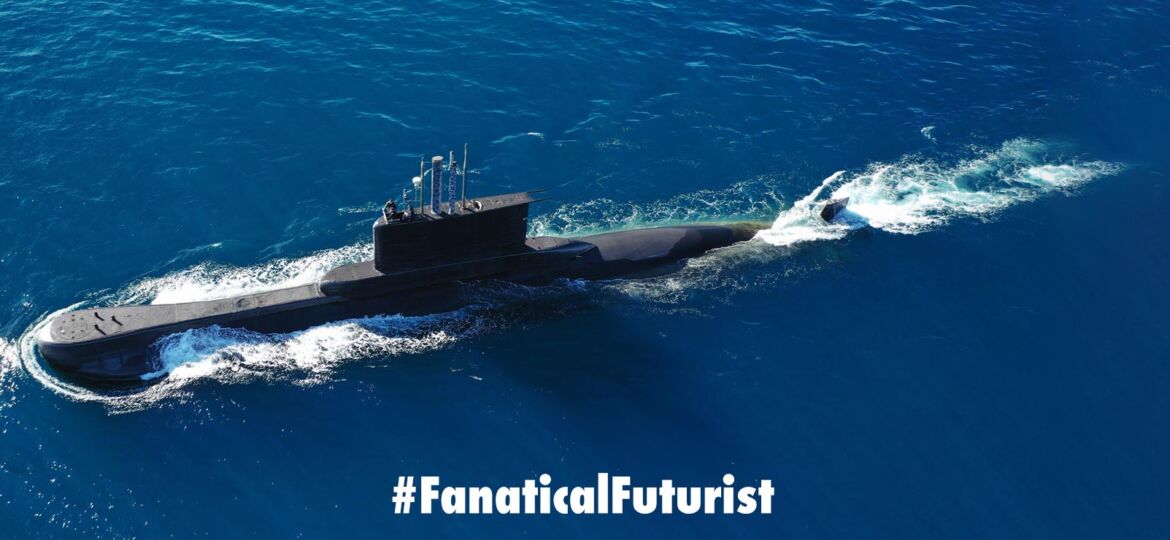
WHY THIS MATTERS IN BRIEF
If you want to create underwater motherships that can act as the equivalent of underwater aircraft carriers for drones then you need to be able to control their docking.
 Love the Exponential Future? Join our XPotential Community, future proof yourself with courses from XPotential University, read about exponential tech and trends, connect, watch a keynote, or browse my blog.
Love the Exponential Future? Join our XPotential Community, future proof yourself with courses from XPotential University, read about exponential tech and trends, connect, watch a keynote, or browse my blog.
As the US military has been planning for some time now in the future aircraft carriers will fly in the air and traverse oceans underwater, and if you think that sounds like so much nonsense then it’s because in the future drone swarms will be released from flying aircraft carriers, and drone UUV’s will be released from submersible motherships. Actual aircraft carriers meanwhile, as you see them today, could very well end up being museum pieces …
There are several hurdles to bring these visions to life though so now the US Navy is working on software that will enable submarines to launch and recover underwater drones through torpedo tubes instead of using bulky, labour-intensive on-deck shelters.
“When this game-changing capability is deployed, every [attack submarine] will have the ability to serve as a UUV [Unmanned Underwater Vehicle] mothership,” Rear Adm. Casey Moton, the program executive officer of unmanned and small combatants, said Wednesday at the Naval Submarine League’s 2022 annual symposium in Arlington, Virginia.
Today’s Razorback UUVs launch from a dry deck shelter that requires dozens of divers, Rear Adm. Doug Perry, the director of the Navy’s undersea warfare division, said Tuesday at the event. A new tube-launched version would require far less room in a sub’s packed confines.
“So the transition [to] torpedo-tube launch and recovery is huge. We’ve got 200 torpedo tubes in the fleet. We want to leverage as many of those as possible across our platforms to get down to the ocean floor as necessary,” Perry said.
“What a UUV does is just like a [Unmanned Aerial Vehicle] does, it can serve as a scout, do missions that you do not want the manned platform to do,” Vice Adm. William Houston, the commander of naval submarine forces, told reporters Tuesday. “So essentially, we can go out and we can use these UUVs to scan, search, do other things for us, come back to the submarine, and we’re not using a tremendous number of torpedo stows for that.”
The final hurdle though is writing software to allow a deployed drone to manoeuvre itself back into the flooded tube “and to get a bull’s eye every single time,” Houston said.
“It’s very complex because the submarine is moving, the UUV is moving, you’re using sensors to drive it into a very narrow tube on a moving platform with sea current going against it,” he said. “So, it is challenging. We have world-class organizations working with us to solve this. And we have had great success, and we’re ready to do our final demos coming up.”
Houston did not say when those demonstrations would take place, but did say that the Navy is working with “two people” on the “special proprietary software” to do the drone recovery and that it will be able to be used by other UUVs once it’s ready.
















